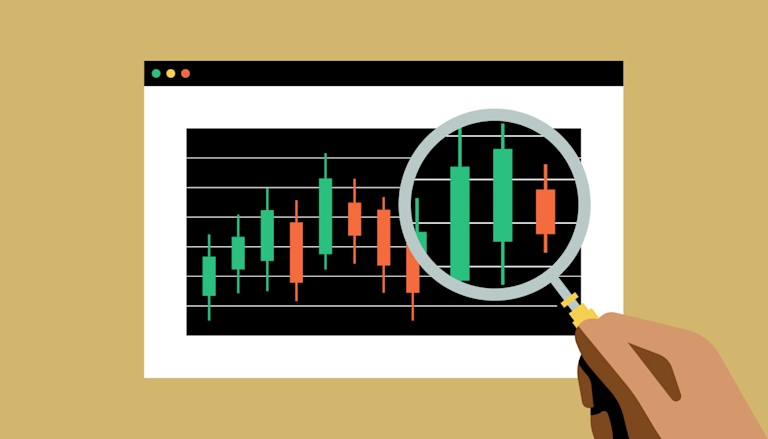
Understanding Crypto Trading Models
In recent years, the world of finance has been radically transformed by the emergence of cryptocurrencies. As more investors dive into this sector, the need for sophisticated Crypto Trading Models https://www.stockopedia.com/content/small-cap-value-report-mon-16-apr-2018-mello-2018-omi-pcf-xlm-cer-knos-353603/ has grown immensely. These models are essential for developing informed trading strategies, assessing market trends, and managing risks effectively. This article delves into various crypto trading models, their functionalities, and their relevance to modern trading tactics.
What Are Crypto Trading Models?
Crypto trading models are analytical frameworks employed by traders and investors to make informed decisions in the volatile cryptocurrency market. They rely on various inputs, including historical price data, trading volume, market sentiment, and even macroeconomic indicators. By using these models, traders seek to improve their chances of predicting future price movements and identifying profitable trading opportunities.
Common Types of Crypto Trading Models
Several prominent crypto trading models can be classified based on their approach to data analysis, risk management, and the adoption of technology. Here are some widely used models:
1. Technical Analysis Models
Technical analysis models focus on historical price data and trading volumes to forecast future price movements. Traders utilize charts, indicators, and various techniques like trend lines and support/resistance levels to identify potential trading opportunities. Common technical indicators include Moving Averages, Relative Strength Index (RSI), and Bollinger Bands. The primary assumption behind technical analysis is that historical price patterns tend to repeat themselves, providing insights into potential future market behavior.

2. Fundamental Analysis Models
Fundamental analysis models assess the underlying factors that might influence the price of a cryptocurrency. This analysis includes evaluating the technology behind the cryptocurrency, the team involved in its development, market demand, regulatory environment, and overall market sentiment. For traders focusing on long-term investments, fundamental analysis can provide insights into a currency’s intrinsic value and potential for growth.
3. Quantitative Trading Models
Quantitative trading models utilize statistical methods and algorithms to identify trading opportunities based on mathematical and statistical analyses. These models allow traders to process vast amounts of data, implementing automated trading strategies that act based on predefined criteria and thresholds. By removing emotional decision-making from the process, quant models enable more efficient and strategic trading.
4. Sentiment Analysis Models
Sentiment analysis models gauge market sentiment through social media, news articles, and online forums. By analyzing the sentiments expressed by market participants, traders can forecast potential market movements. These models often incorporate natural language processing (NLP) techniques and machine learning algorithms to process and interpret the sentiments of a large volume of text data.

The Role of Machine Learning in Crypto Trading Models
The integration of machine learning in crypto trading models is a game-changer. By leveraging advanced algorithms, machine learning can analyze vast datasets, recognize patterns that may not be immediately visible, and improve over time as new data is introduced. Various applications of machine learning in cryptocurrency trading include predictive analytics, anomaly detection, and algorithmic trading strategies.
Risk Management in Crypto Trading Models
Effective risk management is crucial when trading cryptocurrencies due to their inherent volatility. Many crypto trading models incorporate risk management strategies, including stop-loss orders, position sizing, and portfolio diversification. By defining clear risk parameters and adhering to them, traders can protect their investments from significant losses.
Conclusion
In conclusion, the development of effective crypto trading models is essential for navigating the complex and fast-paced world of cryptocurrency trading. By understanding and implementing various models, traders can enhance their decision-making processes, manage risks effectively, and increase their chances of success. As the market evolves and new technologies emerge, the role of robust analytics and innovative trading strategies will continue to grow, solidifying the importance of crypto trading models in the investment landscape.





Recent Comments